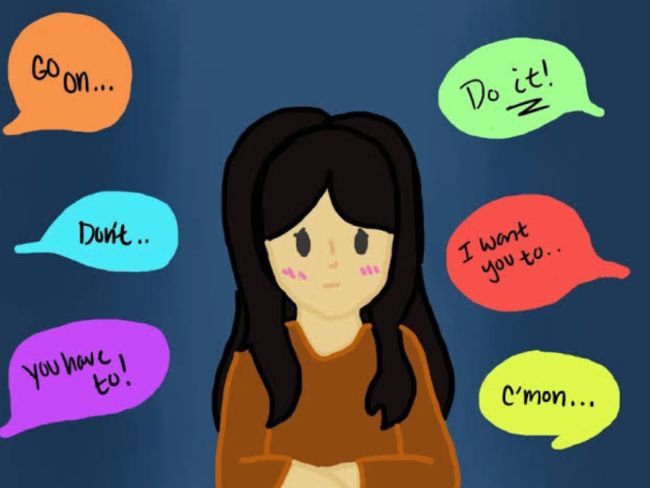It is common among teens to feel peer pressure, but it can affect anyone. You can understand how friends can influence decisions if you understand the type of peer pressure you may be experiencing or someone you know may be experiencing.

Negative Peer Pressure
Peer pressure occurs when friends negatively influence each other. Negative peer pressure includes convincing someone to try drugs, cigarettes, alcohol, and sex. Peer pressure can be direct or indirect.
Direct Negative Peer Pressure
Peer pressure that is direct and negative is when friends ask someone directly to do something. As you might imagine, peer pressure like this is very powerful because it’s much harder to resist. Teenagers fear ridicule and losing friends if they don’t do what is asked of them.
Indirect Negative Peer Pressure
Despite the fact that indirect peer pressure is not as powerful, it can still have a significant impact on a teen’s decisions. Teenagers are indirectly influenced by what they see and hear from their peers. In order to fit into the group, he/she should follow suit with what others are wearing or doing. Someone isn’t necessarily asked to do anything, but he or she feels an unspoken pressure.
If you don’t do what others are doing, you may feel like you’re not as “cool” and making friends may be more difficult. This type of behavior may seem easier to resist, but it’s actually just as difficult.
Positive Peer Pressure
Peer pressure like this is a good thing. It’s when your friends push you to excel and do great things. Because of their positivity, a teen may feel empowered by his/her friends.
You probably wish that all peer pressure was positive, but the reality is that it’s not as common as the negative kind.
Examples of Peer Pressure
Here is an activity you can do to learn about the different types of peer pressure. Consider the following scenarios and determine whether they are examples of direct negative peer pressure, indirect negative peer pressure, or positive peer pressure.
- When your friend calls you at home, he asks if you’ve studied for tomorrow’s exam. If you say you don’t want to study, your friend invites you over and says you can study together.
- Your friends are wearing low-cut shirts and miniskirts to school. Although you don’t feel comfortable showing so much skin, you don’t want to stand out.
- When you’re at the mall with your friends, they ask you to take something from one of the stores without paying.
- You are asked to skip class by your friends.
- You’re hanging out with your friends, who are all drinking. They all seem to be having fun, so you start thinking about trying it.
- When your boyfriend/girlfriend doesn’t treat you well, your friend tries to talk you into breaking up with him/her.
- You are inspired to volunteer and support an animal rescue after seeing an Instagram post by a celebrity you follow.
- You follow someone on Twitter who tweets about how to get the perfect body. Feeling stressed about your appearance makes you second guess your appearance.
- You’re grounded after a friend texts you about a party. They keep texting you about missing out, so you consider going.
- Someone sends you a Snapchat of your friends ditching class. It occurs to you that you should meet up with them.
Come up with examples of your current experiences for each of these scenarios. When you are helping someone else deal with peer pressure, don’t worry if the teen doesn’t want to talk about it, just be supportive and available when he/she needs you.
Dealing With Peer Pressure
Knowing how to handle peer pressure can be challenging. Consider the positive and negative effects each outcome can have on your life before making a snap decision.
